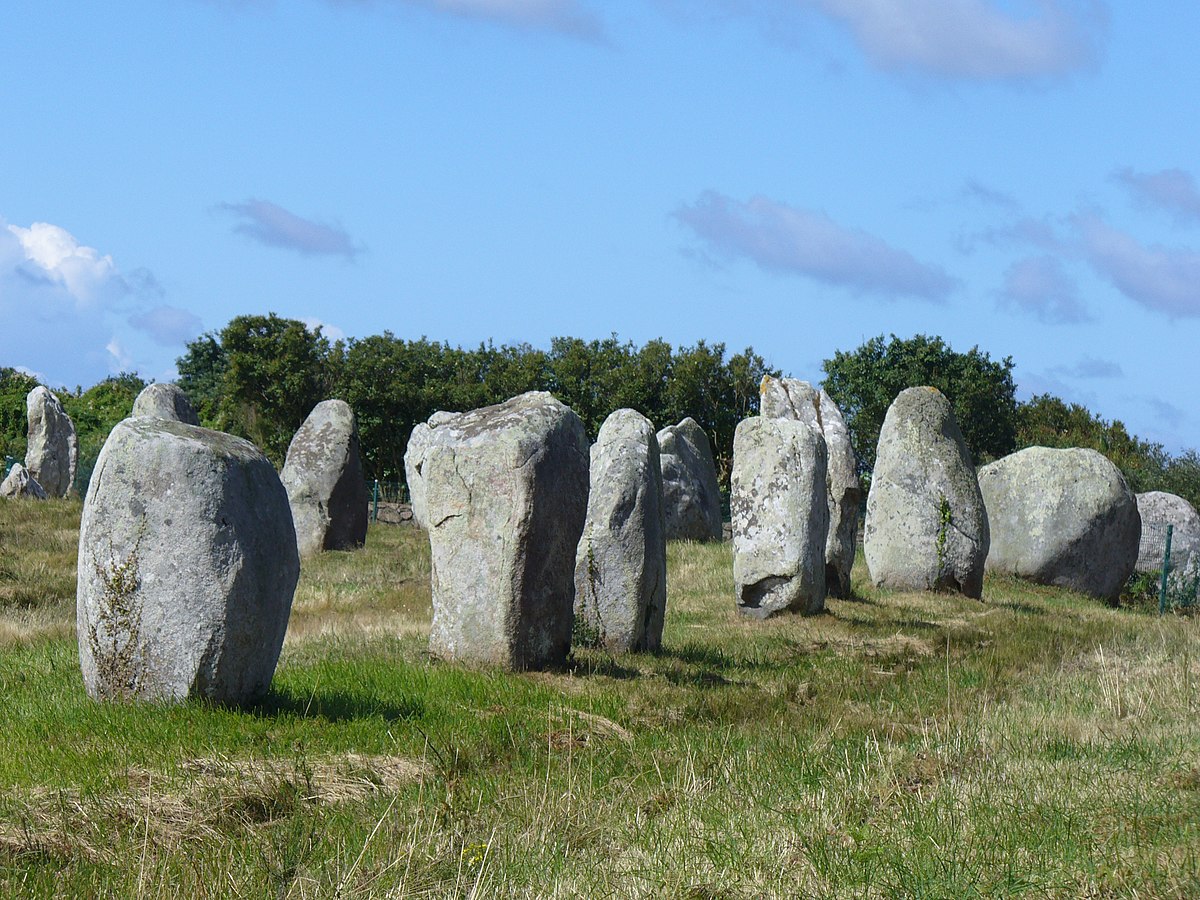Throughout history, the transmission of knowledge through mechanical systems has shaped civilizations and sparked industrial revolutions. The intricate dance of gears, levers, and encoded mechanisms represents more than mere engineering—it embodies humanity’s quest to preserve and transmit information across generations.
From ancient astronomical calculators to modern cryptographic machines, the encoding of knowledge within physical mechanisms has served as both protector and propagator of human wisdom. This fascinating intersection of information theory and mechanical engineering continues to influence how we design, understand, and interact with technology today.
🔐 The Ancient Art of Mechanical Encoding
The concept of encoding knowledge into mechanisms dates back thousands of years. Ancient civilizations understood that information could be preserved not just in written form, but embedded within the very structure of mechanical devices. The Antikythera mechanism, discovered in a shipwreck off the Greek coast, exemplifies this principle perfectly. This astronomical calculator from approximately 100 BCE contained intricate gear systems that encoded celestial knowledge, predicting astronomical positions and eclipses with remarkable accuracy.
What makes these ancient devices so remarkable is their dual nature. They functioned as both tools and teachers, simultaneously performing calculations while demonstrating the mathematical principles underlying their operation. The arrangement of gears, the ratios between them, and the specific tooth counts all represented encoded astronomical and mathematical knowledge that could be reverse-engineered by sufficiently skilled observers.
Knowledge Preservation Through Physical Form
Medieval clockmakers elevated mechanical encoding to an art form. Cathedral clocks didn’t merely tell time—they displayed complex astronomical information, religious calendars, and mechanical automata that educated observers about celestial mechanics. Each gear ratio represented a specific astronomical relationship, encoding the duration of lunar months, solar years, and planetary cycles into bronze and iron.
These mechanisms served as three-dimensional textbooks, teaching principles that would be difficult to convey through text alone. An apprentice learning to repair such a clock would simultaneously learn astronomy, mathematics, and mechanical philosophy simply by understanding how the components interrelated.
⚙️ The Language of Gears: Mathematical Poetry in Motion
Gears represent one of the most elegant forms of encoded knowledge in mechanical systems. Each tooth count, each diameter ratio, each material choice encodes specific information about speed, torque, and mechanical advantage. This language of gears transcends verbal communication, speaking directly through physical relationships and mathematical ratios.
Consider a simple gear train with specific ratios. A 60-tooth gear driving a 20-tooth gear doesn’t just reduce speed by a factor of three—it encodes that mathematical relationship into physical reality. Anyone examining this mechanism can decode this information regardless of their spoken language. The knowledge is universal, embedded in the tangible world.
Compound Mechanisms and Layered Information
As mechanisms grow more complex, they encode increasingly sophisticated information. Differential gears, epicyclic systems, and geneva mechanisms each represent specific mathematical and logical operations. The differential gear, for instance, encodes the solution to a continuous mathematical problem: how to allow two outputs to rotate at different speeds while receiving power from a single input.
This encoding becomes particularly powerful in computational mechanisms. The Curta mechanical calculator, developed in the mid-20th century, encoded arithmetic operations into a cylinder small enough to fit in a hand. Each rotation, each gear interaction represented addition, subtraction, multiplication, or division. The knowledge of how to perform these operations was literally built into the device’s structure.
🎯 Cryptographic Mechanisms: Encoding Secrets Within Secrets
Perhaps no mechanical devices better demonstrate encoded knowledge than cryptographic machines. The Enigma machine, used extensively during World War II, represented multiple layers of encoded information. At the surface level, it encrypted messages, but deeper examination reveals encoded mathematical principles, substitution cipher theory, and electrical engineering concepts all working in concert.
The rotor settings, plugboard configurations, and stepping mechanisms each encoded specific cryptographic transformations. Breaking the Enigma required not just decoding messages, but decoding the machine itself—understanding the knowledge embedded in its construction and operation. This meta-level of encoding, where the mechanism itself becomes a puzzle to be solved, represents the pinnacle of knowledge encoding in mechanical systems.
Modern Digital Encodings in Physical Form
Today’s cryptographic hardware security modules continue this tradition. These devices encode cryptographic keys and algorithms into physical chips and mechanical safeguards. The knowledge of how to perform secure encryption exists not just as software, but as physical circuits and mechanical protection mechanisms that prevent tampering and unauthorized access.
🏭 Industrial Revolution: Mass Production of Encoded Expertise
The Industrial Revolution fundamentally changed how mechanical knowledge was encoded and distributed. Machines like the Jacquard loom encoded weaving patterns into punched cards, effectively programming textile production. This represented a revolutionary shift: knowledge traditionally held by skilled weavers became encoded into a physical medium that could be stored, copied, and distributed.
Factory machinery encoded manufacturing processes into their very structure. The arrangement of belts, pulleys, gears, and cams represented optimized workflows developed through years of experience. A well-designed machine embodied the accumulated knowledge of generations of craftspeople, making that expertise accessible to less-skilled operators.
The Democratization of Technical Knowledge
This encoding and distribution of knowledge through mechanisms had profound social implications. Skills that once required years of apprenticeship could now be accessed through properly designed machinery. The sewing machine encoded the techniques of skilled seamstresses. The typewriter encoded calligraphic knowledge. Each mechanical innovation represented expertise made accessible.
However, this democratization came with a cost. As knowledge became encoded in machines, the deeper understanding of underlying principles sometimes diminished. Operators could execute complex tasks without necessarily understanding the theory behind them. This tension between accessibility and deep understanding continues in modern digital systems.
🔬 Precision Instruments: Encoding Scientific Knowledge
Scientific instruments represent another category of mechanisms encoding specialized knowledge. An astrolabe encodes astronomical knowledge, mathematical relationships, and observational techniques all in one device. A slide rule encodes logarithmic relationships into physical distances, allowing complex calculations through simple mechanical movements.
These instruments serve as knowledge artifacts, preserving scientific understanding in formats that can survive even when written records are lost. The mechanism itself teaches its principles to careful observers. A person examining an astrolabe can rediscover trigonometric relationships, celestial mechanics, and geometric principles through study of its construction.
Measurement Standards as Encoded Consensus
Precision measuring instruments encode another crucial form of knowledge: standardization. A micrometer doesn’t just measure distances—it encodes agreed-upon standards of length, precision, and measurement methodology. The mechanism embodies consensus about how to quantify physical reality, making that consensus portable and reproducible.
Historical standards like the Standard Meter bar or prototype kilogram represented encoded knowledge in its purest form. These artifacts defined units of measurement through their physical existence, encoding the knowledge of “what a meter is” or “what a kilogram is” into material objects that could be consulted and copied.
🎼 Musical Mechanisms: Encoding Artistic Knowledge
Musical boxes, player pianos, and mechanical organs encode artistic knowledge—musical compositions, timing, dynamics, and performance techniques—into physical mechanisms. A music box cylinder with its precisely positioned pins encodes not just notes but rhythm, phrasing, and interpretation.
The player piano roll represents one of the earliest forms of digital encoding, using binary presence or absence of holes to trigger specific notes. These mechanisms preserved performances by master musicians, encoding not just compositions but specific interpretive choices, pedaling techniques, and dynamic variations. The knowledge of how to perform a piece artistically was encoded and made reproducible.
🔄 Self-Regulating Mechanisms: Encoding Control Theory
Governors, thermostats, and other self-regulating mechanisms encode control theory principles into their operation. The centrifugal governor on a steam engine encodes negative feedback principles—the knowledge of how to maintain stable operation automatically. These mechanisms represent encoded understanding of dynamic systems, stability, and control.
James Watt’s governor didn’t require its operator to understand feedback control theory, yet it embodied that knowledge perfectly. The mechanism encoded sophisticated mathematical relationships between rotational speed, centrifugal force, and valve position, automatically implementing control algorithms through purely mechanical means.
Biological Inspiration in Mechanical Encoding
Many self-regulating mechanisms draw inspiration from biological systems that encode regulatory knowledge in their structure. The way mechanisms use leverage, fluid dynamics, or thermal expansion to achieve self-regulation mirrors how living systems encode homeostatic control in their physiology. This represents a translation of biological encoded knowledge into mechanical form.
🌐 Lessons for the Digital Age
Understanding how knowledge is encoded in mechanical systems offers valuable insights for our digital era. Software algorithms, data structures, and digital systems continue the tradition of encoding knowledge into operational structures. The principles remain consistent: embed understanding into the structure of systems so that operation implies education.
Modern CAD files, 3D-printable designs, and open-source hardware represent contemporary forms of encoded mechanical knowledge. A well-designed 3D model encodes not just shape but manufacturing considerations, material properties, assembly sequences, and functional requirements. This encoded knowledge can be transmitted globally, decoded by machines, and replicated with minimal loss of information.
The Challenge of Knowledge Preservation
Digital encoding raises new preservation challenges. While a mechanical clock might function for centuries, revealing its encoded knowledge to future generations, digital files require specific software, hardware, and formats to decode. The physicality of mechanical encoding provided inherent durability and self-documentation that digital systems must consciously replicate.
Projects that archive mechanical knowledge—digitizing historical machines, creating detailed documentation of mechanisms, and preserving manufacturing techniques—serve crucial roles. They translate between encoding systems, ensuring knowledge embedded in physical mechanisms remains accessible even as technology evolves.
🎓 Educational Power of Mechanical Models
Physical mechanisms retain unique educational value precisely because of how they encode knowledge. A student can observe, touch, and manipulate mechanical systems, developing intuitive understanding of principles that might remain abstract in purely digital simulations. The gear train teaches ratios more effectively than equations alone because it encodes that knowledge in multiple sensory modalities.
Engineering education increasingly recognizes this value, maintaining mechanical laboratories alongside digital tools. Building and analyzing mechanisms forces students to engage with encoded knowledge directly, developing problem-solving skills and mechanical intuition that transfer to digital design contexts.
🔮 Future Directions: Hybrid Encoding Systems
The future likely involves sophisticated hybrids combining mechanical and digital encoding. Smart mechanisms with embedded sensors encode knowledge both in their physical structure and their software, creating layered information systems that leverage advantages of each approach. A modern CNC machine encodes knowledge mechanically in its structure, digitally in its control software, and experientially in its operational history logged to databases.
Emerging fields like soft robotics encode knowledge into material properties themselves—springs, flexures, and compliant mechanisms that embed control and computation into physical form. This represents a return to purely mechanical encoding, but informed by advanced materials science and computational design tools.
💡 Preserving and Propagating Mechanical Wisdom
The knowledge encoded in historical mechanisms represents irreplaceable cultural heritage. Museums, archives, and restoration projects serve vital roles preserving these artifacts and the understanding they contain. Each maintained mechanism becomes a teacher for future generations, encoding knowledge that might otherwise vanish.
Maker movements, repair communities, and hands-on technical education all contribute to keeping mechanical knowledge alive and accessible. When someone learns to repair a mechanical watch or restore an antique machine, they decode the knowledge embedded by original designers and craftspeople, becoming links in a chain of understanding stretching across centuries.
The power of encoded knowledge in mechanisms and gears extends far beyond simple mechanical advantage. These systems represent humanity’s drive to preserve, transmit, and democratize understanding through elegant physical structures. They remind us that knowledge can exist in many forms—written, spoken, digital, and mechanical—each with unique strengths and characteristics.
As we advance into increasingly digital futures, the lessons of mechanical encoding remain relevant. The principles of embedding knowledge into structure, making expertise accessible through design, and creating self-documenting systems apply across all domains of engineering and design. The gears may turn differently in software than in brass, but they still encode the same fundamental human drive: to understand, to preserve, and to share what we have learned with those who come after us.
Toni Santos is a visual researcher and educational designer specializing in tactile learning tools, exploring how hands-on, sensory experiences can illuminate ancient construction techniques, lost technologies of early civilizations, sacred geometries and earth alignments, and mysterious energy sources. Through embossed maps, textured models, and handcrafted manipulatives, Toni investigates how physical interaction deepens understanding, memory, and creativity, while uncovering the subtle ways these tools convey knowledge across cultures and ages. Blending design theory, educational psychology, and archival research, Toni curates case studies, visual explorations, and instructional resources that celebrate the craft, innovation, and cognitive power of touch-based learning, inviting educators, designers, and curious minds to engage with the hidden patterns and energies that have shaped human history.




